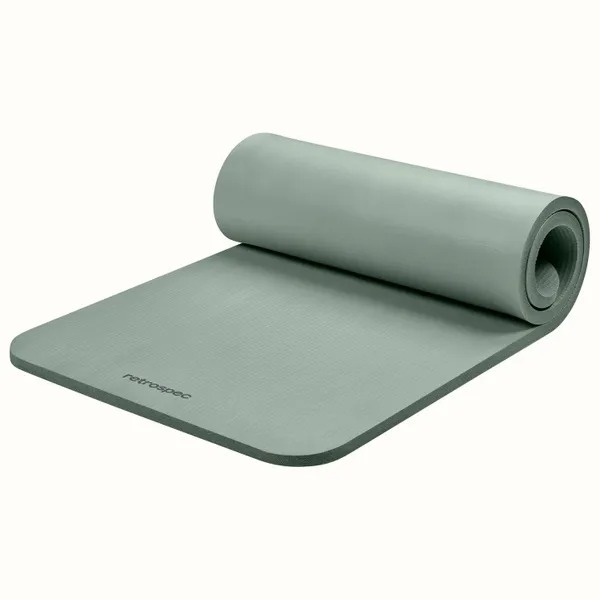What is the purpose of a yoga mat? Yoga is a spiritual and physical practice that has gained great popularity over the years. When participating in yoga, one of the essential accessories is a yoga mat. The purpose of a yoga mat goes beyond simply providing a cushioned surface for yoga practice. In this article, we will explore the various purposes of a yoga mat and why it is an indispensable tool for anyone practicing yoga.
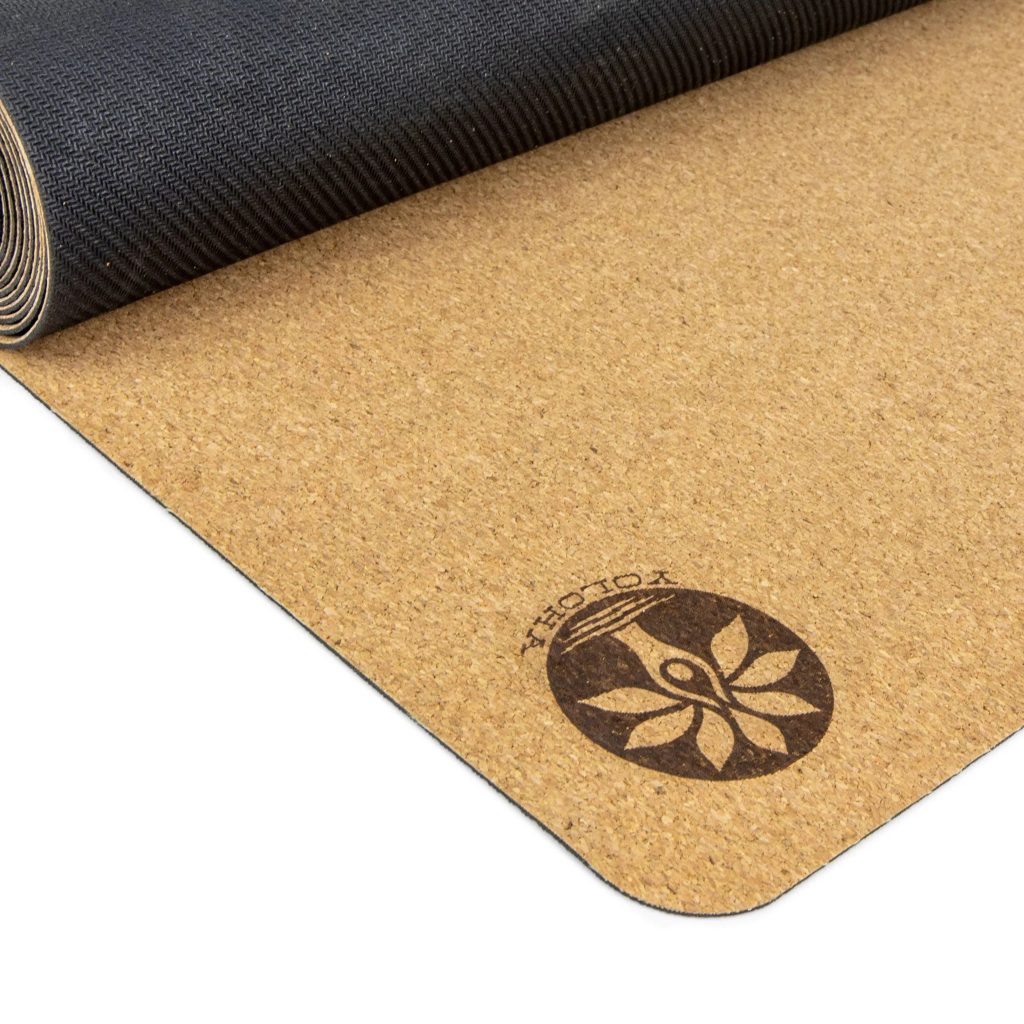
Support and Comfort
One of the primary purposes of a yoga mat is to provide support and comfort during yoga practice. The thin, cushioned surface of a yoga mat helps to protect the body from the hard and often uncomfortable floors. This is especially important when practicing yoga poses that require you to be on your hands and knees, such as cat-cow or tabletop pose. A yoga mat allows you to focus on your practice without worrying about discomfort or strain on your joints.
Stability and Balance
Another important purpose of a yoga mat is to provide stability and balance during yoga practice. The textured surface of a yoga mat helps to prevent slipping and sliding, allowing you to maintain a firm and steady posture throughout your practice. This is crucial for poses that require you to hold a strong and stable foundation, such as warrior poses or tree pose. By providing a non-slip surface, a yoga mat helps you to stay grounded and balanced during your practice.
Hygiene and Safety
Yoga mats also serve the purpose of promoting hygiene and safety during yoga practice. When practicing yoga, you come into close contact with the floor, which may not always be clean or sanitary. A yoga mat acts as a barrier between your body and the floor, reducing the risk of exposure to dirt, sweat, or germs. Additionally, using a personal yoga mat can help to prevent the spread of bacteria and viruses, making your yoga practice safer and more hygienic.
Alignment and Awareness
A yoga mat plays a crucial role in promoting proper alignment and body awareness during yoga practice. The lines and markers on a yoga mat can be used as a guide to help you align your body in various poses. This can be particularly helpful for beginners who may struggle with understanding proper alignment. Additionally, the boundaries of the yoga mat can serve as a reminder to stay within your own space and focus on your own practice, promoting mindfulness and self-awareness.
Versatility and Convenience
Yoga mats are designed to be versatile and convenient, making them an essential tool for yoga practitioners. They are lightweight and portable, allowing you to easily carry them to and from your yoga class or practice space. Additionally, yoga mats can be used for various other forms of exercise, such as Pilates, stretching, and meditation, making them a multi-functional accessory for health and wellness.
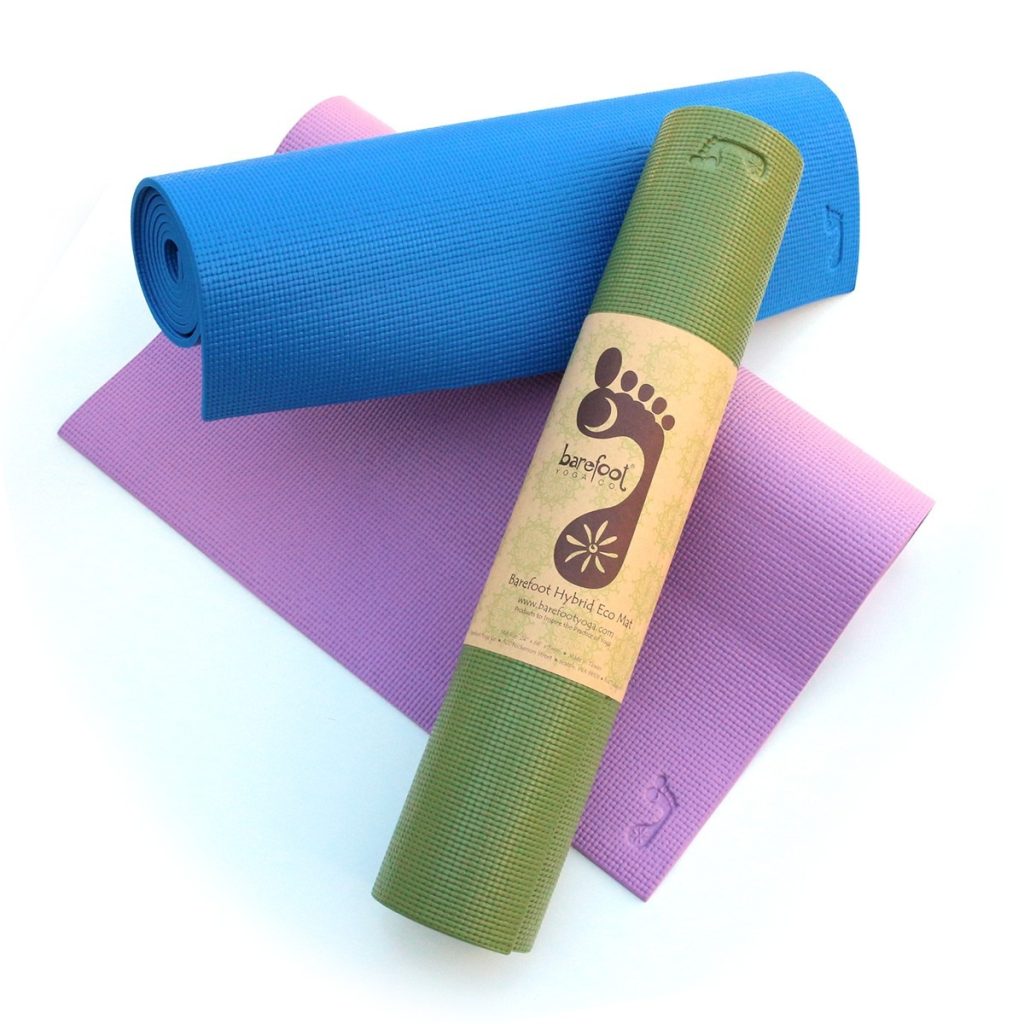
How to clean a yoga mat
Yoga is a wonderful practice that brings a sense of mindfulness and relaxation to many people’s lives. However, as with any exercise, it’s important to keep your yoga mat clean and hygienic. Regularly cleaning your yoga mat not only prolongs its lifespan but also ensures that you have a safe and sanitary surface to practice on.
Why Clean Your Yoga Mat
Before we dive into the various cleaning methods, let’s talk about why it’s important to clean your yoga mat regularly. When you practice yoga, your mat comes into contact with sweat, dirt, and bacteria. Over time, this can create an unsanitary environment for your practice and may even lead to skin irritations or infections. Additionally, a buildup of dirt and sweat can cause your mat to become slippery, which can be dangerous during certain poses. By regularly cleaning your yoga mat, you can prevent these issues and ensure that you have a clean, safe surface to practice on.
Cleaning Methods
There are several different methods you can use to clean your yoga mat, and the best method for you will depend on the material of your mat and your personal preferences. Here are some of the most effective cleaning methods:
-
Water and Mild Soap
One of the simplest and most effective ways to clean your yoga mat is to use a mixture of water and mild soap. Fill a spray bottle with water and add a small amount of gentle, natural soap. Shake the bottle to mix the soap and water, then spray the solution onto your mat. Use a clean cloth or sponge to wipe down the mat, paying special attention to any areas that are particularly dirty. Once you have cleaned the entire mat, use a clean, damp cloth to wipe off any residue. Finally, let the mat air dry before rolling it up for storage.
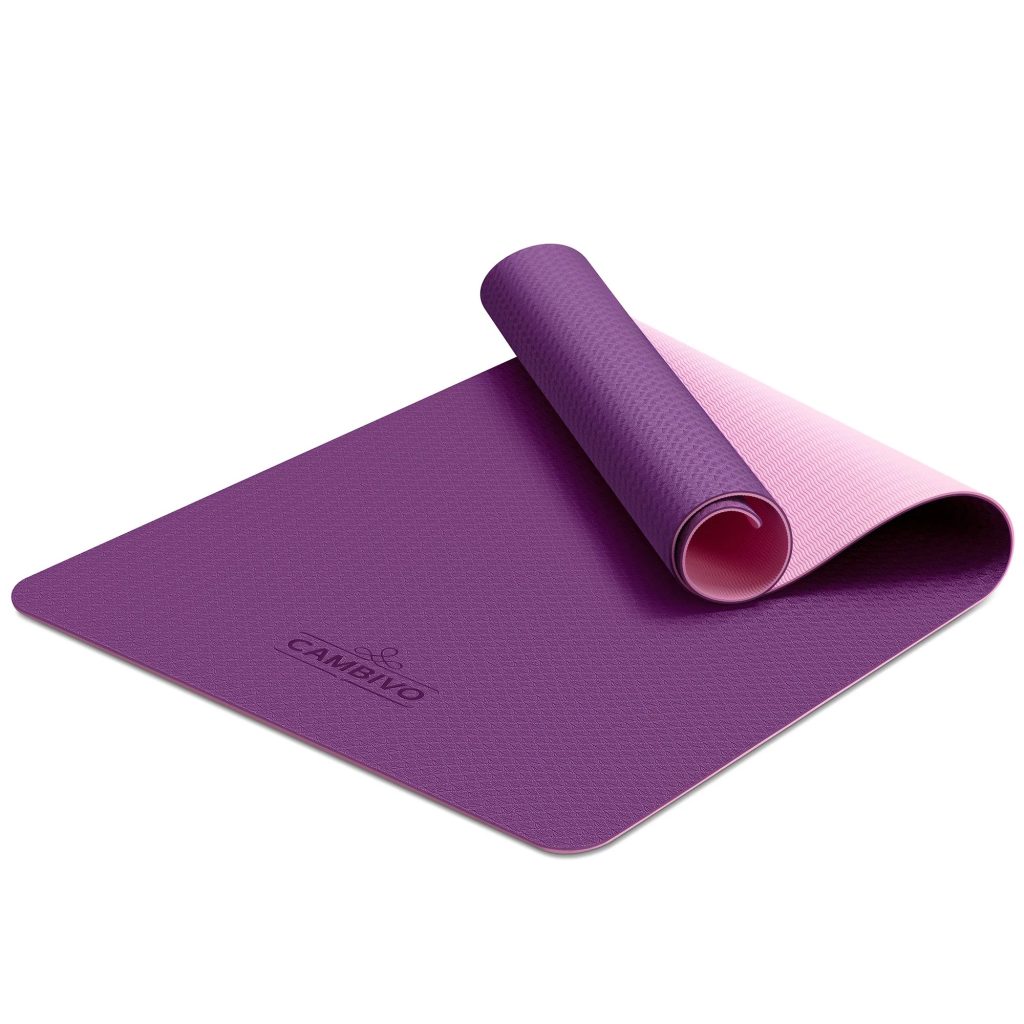
-
Vinegar and Water
Vinegar is a natural disinfectant and can be an effective cleaner for yoga mats. To clean your mat with vinegar, mix equal parts water and white vinegar in a spray bottle. Spray the solution onto your mat and let it sit for a few minutes to allow the vinegar to disinfect the surface. Use a clean cloth or sponge to wipe down the mat, then rinse with a clean, damp cloth. Allow the mat to air dry before rolling it up.
-
Baking Soda
Baking soda is another natural cleaner that can be used to clean and deodorize your yoga mat. To clean your mat with baking soda, sprinkle a thin layer of baking soda over the entire surface of the mat. Use a damp cloth or sponge to gently scrub the baking soda into the mat, paying special attention to any areas that are particularly dirty or smelly. Once you have scrubbed the entire mat, rinse it with clean water and wipe off any residue with a clean, damp cloth. Allow the mat to air dry before rolling it up.
-
Commercial Cleaners
If you prefer to use a commercial cleaner, there are many yoga mat cleaners available on the market. These cleaners are specifically designed to clean and disinfect yoga mats, and they often come in convenient spray bottles for easy application. When using a commercial cleaner, be sure to follow the manufacturer’s instructions for the best results.
Regular Maintenance
In addition to regularly cleaning your yoga mat, there are a few simple maintenance tips that can help keep your mat in good condition. After each use, take a few moments to wipe down your mat with a clean, damp cloth to remove any sweat or dirt. Additionally, be sure to let your mat air out regularly by unrolling it and allowing it to dry completely. This will help prevent the growth of mold and mildew, which can cause unpleasant odors and degrade the material of your mat.
Regularly cleaning your yoga mat is an important part of maintaining a safe and healthy yoga practice. By following the methods outlined in this guide, you can keep your mat clean and hygienic for years to come.
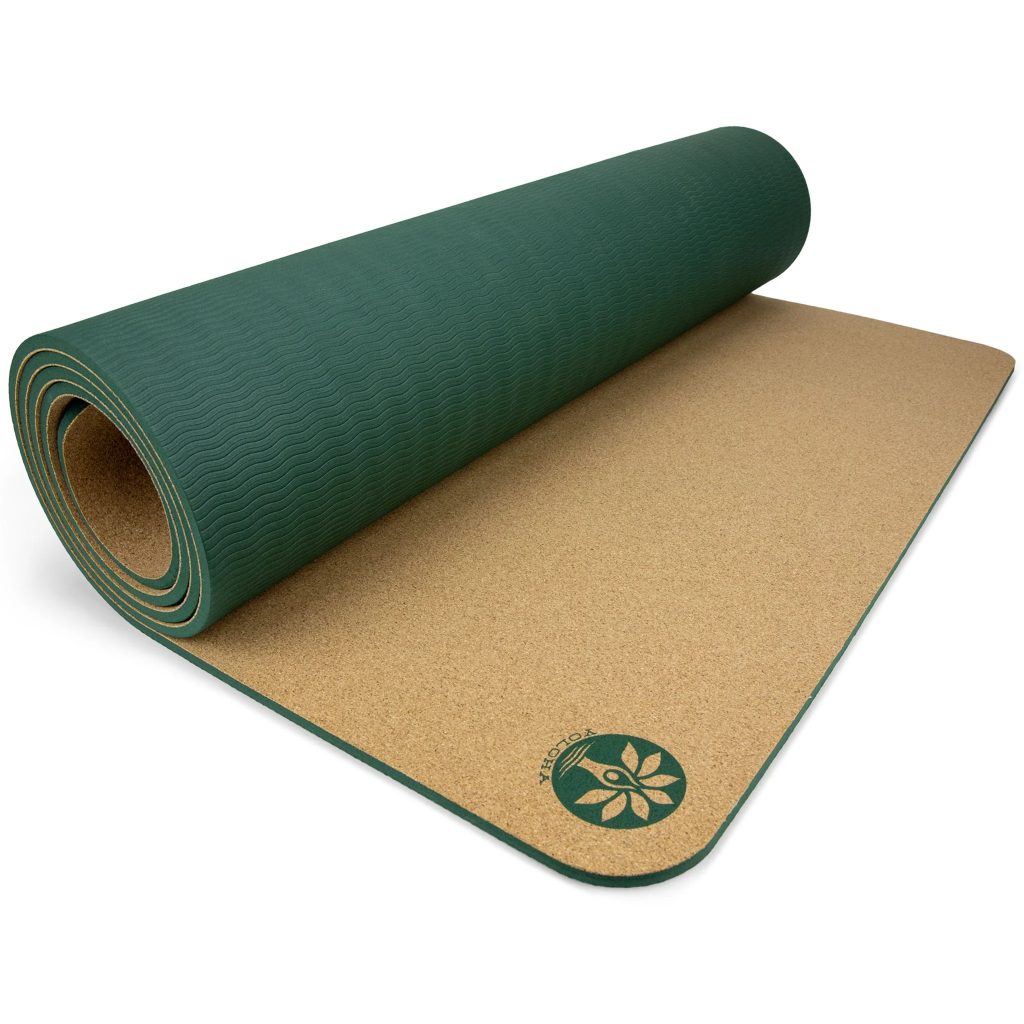
Conclusion
In conclusion, the purpose of a yoga mat extends far beyond simply providing a padded surface for yoga practice. A yoga mat offers support, stability, hygiene, alignment, and convenience, making it an indispensable tool for anyone practicing yoga. Whether you are a beginner or an experienced yogi, a high-quality yoga mat is essential for enhancing your practice and promoting a safe and comfortable yoga experience.
